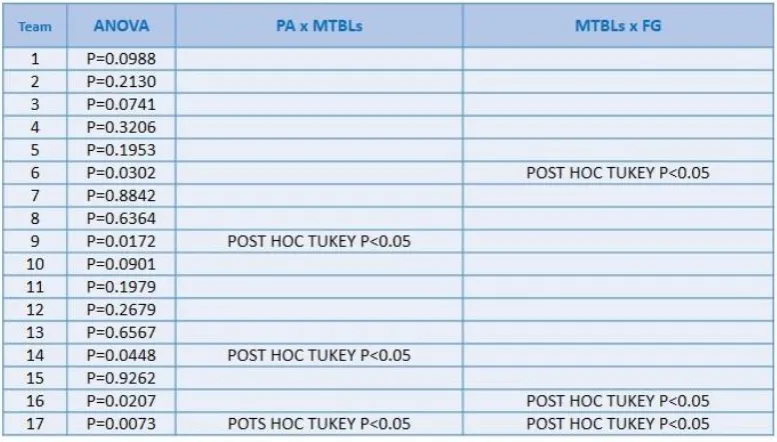Peer Assessment in the Context of Team-Based Learning in Undergraduate Education: How Far Can We Go?
Full text
Figure




Related documents
Statistical analysis of expression profiles of colonies that had either been or not been transferred to fresh xylose- containing medium showed that differential expression in a
Field experiments were conducted at Ebonyi State University Research Farm during 2009 and 2010 farming seasons to evaluate the effect of intercropping maize with
For this purpose, an experimental modal analysis (EMA) was conducted on the actual structure, Fig. 1, and the results were then used to create a valid finite-element model.
It was decided that with the presence of such significant red flag signs that she should undergo advanced imaging, in this case an MRI, that revealed an underlying malignancy, which
The variable that links the production stage and health stage is Chemical Oxygen Demand (COD). The input of Stage 2 is Wastewater treatment expense, the outputs of Stage 2 are
Experiments were conducted to determine appropriate quadrat sizes, efficient allocations of sampling units, satisfactory sample sizes, and data accumulation
In this work, considering the nature of the electronic polarization and the electrostatic contribution to the po- larization energy P, I estimated the Ep for the organic
In our study, consumption of high zinc biofortified wheat flour for 6 months compared to low zinc bioforti- fied wheat resulted in statistically significant reduction in days